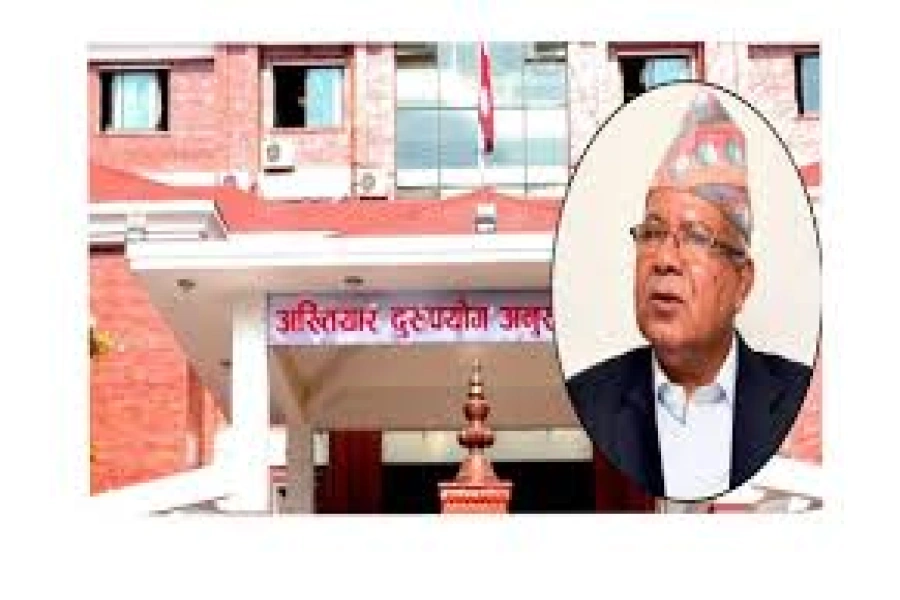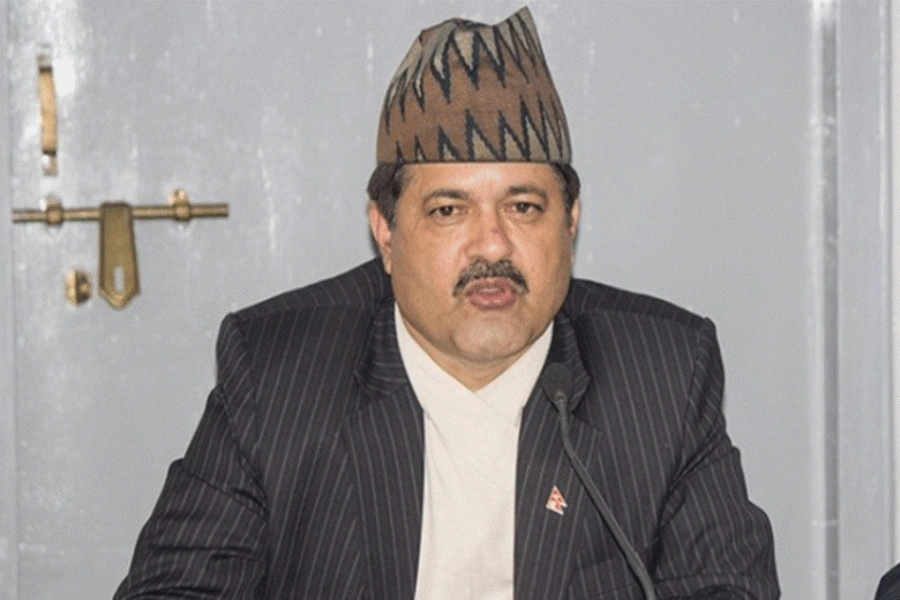Attempting to fix the symptoms rather than the root cause has become the norm in Nepal’s policy-making today.
Good governance can't be ensured by bringing a good governance law but by fixing the holes in the gamut of laws that contribute to good governance. Therefore, policymakers should avoid symptom-curing syndrome and delve deeper into the problem to find its main cause.
Governments introduce policies to address collective issues for the well-being of the people. Successful policies not only ensure the prosperity of the country but also enhance the credibility and popularity—considered a yardstick for evaluating government effectiveness—of a government in a democracy. Despite the enactment of numerous policies by the Government of Nepal, only a handful of them have successfully achieved their stated objectives. Political analysts and the media often hastily evaluate the government based on policy announcements, neglecting to assess how such policies are faring on the ground, let alone considering the long-term impact. While policy announcements are significant indicators of a government's intentions and priorities, they remain mere wish lists without implementation, leading to a state of policy failures.
Policy Failures
Elderly fined Rs 10,000 for correcting his date of birth in cit...

Policymakers' failure to distinguish between cause and consequences prevents them from fathoming the root cause of the problem. For example, in 2007, Nepal enacted a separate good governance law—a rarity worldwide—with the aim of ensuring good governance in the country. However, a closer look into the act reveals that almost every provision made by this law including the separation of duties between politics and administration, administrative decision procedures, code of conduct, public service delivery, transparency and what not had already been addressed by some other existing legislation. Bad governance is the consequence of a bunch of factors such as weak people's participation, corruption, slow decision-making, discriminatory practices in law application, lack of bureaucratic professionalism, and weak regulation. Instead of rectifying the problems in the respective laws and striving for honest implementation, the administration then opted for introducing a new good governance law that furthered momentary sidestepping of the issues rather than proposing a long-term solution.
Few innovative ideas, such as citizen charters, mobile services, professional accountability, and the use of information and communication in public service delivery, have been introduced. However, the implementation is hampered by the absence of provisions for fines and penalties for non-obedience. If the lack of a law were the sole obstacle to good governance in Nepal, the country would have become the best-governed long ago. The irony lies in the fact that despite declining good governance indices and a dire need for improvement, the act has not been amended since its inception.
Tentative ideas proposed in the policy document translate into concrete forms in subsequent laws, procedures, directions and orders. These are, again, only means to help bureaucrats make decisions, which are the immediate instruments to implement government policies. A bureaucrat can make decisions only if all these means, right through policy to orders, are in sync. If this link is broken even at a single point, misinterpretation creeps in, confusing the original intent of the policy. Bureaucrats are hesitant to make decisions in such an ambiguous environment, especially when regulatory bodies are hyper-vigilant. Thus, the inability of bureaucrats to make the right decision at the right time, combined with policy confusion, is another strong reason for policy failure in Nepal.
It may appear a single attempt for an outsider, but multiple laws are attracted and have to be strictly followed before making a decision. These laws should function as complementary components of the whole, converging to facilitate speedy decision-making. However, in Nepal, contradictions among the policies are making laws heading in different directions, hampering smooth implementation. For instance, the provisions in the tax policies contradict the benefits ensured by industrial policies. Public-private partnership policies and procurement policies are at odds with each other. The foreign direct investment policy and labor policies exhibit numerous incongruencies. Additionally, the education policy does not align with the employment policy. Due to departments prioritizing their own interests, the analysis of harmonization and interconnectedness of policies get less priority during the formulation stage causing serious hurdles in the implementation stage and hence policy failure.
Albert Einstein cautioned against attempting to solve the problems using the same mindset that created them. In Nepal, efforts to tackle policy failures have often been ineffective not due to scarcity of ideas as research findings, past experiences, expert ideas, stakeholders’ suggestions and contextualized best practices can be accessed in one click in the age of information and communication, but rather because of the involvement of the very mindset responsible for the problems in the policy process. Due to this conflict of interest, ideas that initially seem forceful gradually dilute as they proceed towards formalization.
Way forward
Attempting to fix the symptoms rather than the root cause has become the norm in Nepal’s policy-making today. It is akin to prescribing paracetamol to control fever caused by serious internal illness. For instance, good governance can't be ensured by bringing a good governance law but by fixing the holes in the gamut of laws that contribute to good governance. Therefore, policymakers should avoid symptom-curing syndrome and delve deeper into the problem to find its main cause. The political leadership should be cognizant of the fact that the incapacity of project manager or division head can't be fixed by changing the sections of the law but by changing the manager.
The preparation of a new draft or amendment should not be entrusted to individuals with a direct stake in the policy. For instance, implementing solutions proposed by the Ministry of Finance, or spending ministries, or Forest and Environment Ministry to resolve the chronically low capital expenditure problem is bound to be futile, as the existence of the problems lies within these ministries. Similarly, the finalization of the federal civil service law cannot be accomplished if government employees are given the final say in the draft. A different mindset with independent external expert intervention is desirable in this context.
Despite the engagement of institutions such as the Ministry of Law, Ministry of Finance, National Planning Commission, and Cabinet Committees for policy analysis at different stages of policy process, disharmony among policies is perpetuating due to the lack of rigorous policy analysis. The Ministry of Law examines the constitutional and legal aspects, the Ministry of Finance assesses the resource burden, the National Planning Commission ensures alignment with the periodic plan and the final check happens in the cabinet committee before submission to the cabinet. However, there is no separate entity that examines if the policy proposal contradicts other policies. Therefore, a checklist should be created that includes details of interconnected policies, harmonization among them, the necessary environment for policy implementation, and the requisite changes in other policies for the smooth implementation of proposed policy. The checklist should also include an analysis of whether the policy is politically acceptable, socially desirable, financially viable, technologically feasible, administratively doable, and judicially tenable.
To sum up, identifying the root cause of the problem, harmonizing policies, determining appropriate intervention methods, conducting rigorous analysis, maintaining consistency and continuity, and committing to the execution once enacted can correct the policy failures that the Government of Nepal is currently grappling with.






































